[tldr]
- Black mold is extraordinarily toxic, and more common than you might think. An estimated 22 percent of people and half of all buildings in the U.S. have a mold problem.
- The good news is that the word about mold is spreading, and it’s becoming easier and easier to deal with black mold and mycotoxins (the toxins mold produces).
- This guide will tell you how to test for black mold, permanently remove it from your home, and flush mycotoxins from your body and repair the damage they do.
- Mold can make you feel hopeless and like your health is out of your hands. Don’t worry; with these steps, you can take control of your body and brain and get rid of mold for good.
[/tldr]
Black mold is nasty stuff. It causes chronic fatigue, mood swings, allergies, asthma, unexplained weight gain — even cancer.
Mold contamination is also more common than you might think. In a recent Bulletproof Radio podcast episode [iTunes], geneticist and mold researcher Dr. Andrew Heyman explains why.
“We estimate that 22 percent of the population is vulnerable to [black mold exposure],” says Heyman. “Forty million people and at least half of all buildings in the U.S. have a mold problem.”
Heyman goes on to say that people frequently overlook black mold, partly because it often shows up in hard-to-reach places, like ventilation systems in commercial buildings or apartment complexes.
The good news is that, thanks to researchers like Heyman, people are more aware of mold than ever before. It’s easier to detect than it was in the past, and once you know you have it, there’s plenty you can do to address the issue. Let’s take a look at the three steps you can take to get black mold out of your life and help your body get back to full strength after mold exposure.
1. Test for black mold and mycotoxins
Mold can grow in your home for a variety of reasons. If you notice any of these things, you may want to test for mold:
- Musty smell
- Water damage, soft/wet walls, bubbling paint
- Leaking pipes
- Discolored wood or walls
- Unexplained fatigue
- Trouble concentrating
- Sudden mood swings
And a few common places to check for mold are:
- Bathtub or shower caulking
- Window sills (they sometimes collect condensation in the winter, which causes mold to grow in the wood)
- Under the bathroom/kitchen sink
- Toilet tanks
The different black mold tests
The first thing to do is verify that you have black mold. Symptoms of mold exposure are almost identical to other fatigue issues, like Lyme disease and chronic fatigue syndrome. And because mold can grow behind walls as a result of burst pipes or water damage, it’s often hard to pinpoint where mold is in your home.
If you can see black mold — in the caulking around your bathtub or below your kitchen sink, for example — and you have no reason to suspect it’s elsewhere in your house, you may be okay skipping a formal test. Otherwise, you have a few different options when it comes to testing for mold in your home:
- Mold culture test. This test includes a petri dish with a swab. You expose the petri dish to either the air or, through the swab, a specific area in your home, and then you cover it and let it sit for 48 hours. If you get lots of growth in the petri dish (particularly black growth), you have a mold problem. If you get little to no growth, you’re okay. Mold culture tests are fast and cheap (under $10, plus a little extra if you want to send the culture to a lab for analysis). A mold culture test is a good option if you suspect mold in your workplace or school. The downside is that the test won’t tell you where mold is — only if mold is present. Here’s a good mold culture test.
- ERMI test. Environmental relative moldiness index (ERMI) testing will tell you with much more specificity what mold is in your home and how big of a problem it is. ERMI tests will run you $200-$300.
In addition to testing for environmental mold, you may want to test your own body for mycotoxins — the damaging compounds that mold spores create. Mycotoxin contamination is what causes serious health and performance problems. It’s good to know if you have mycotoxins in your system.
- GENIE test. The Genomic Expression by Nanostring: Inflammation Explained (GENIE) is the best way to tell whether you have mycotoxicity or something else (it also tests you for Lyme). The GENIE test looks at 215 genes that turn on in a particular pattern in response to mold. GENIE is the most accurate mold test on the market.
2. Clean black mold and get rid of it for good
Once you know how bad your mold problem is (both in your environment and in your body), it’s time to get rid of the problem.
- Clean mold yourself. If your mold problem is small and visible, like caulking around your bathtub, you can get rid of it yourself. You just want to make sure you use the right cleaning solution. Bleach won’t kill mold entirely, and as the chlorine in bleach dissipates, the bleach turns into water, which creates the perfect environment for new mold to grow. Cleaning vinegar (stronger than kitchen vinegar) will kill mold, as will industrial chemicals like Moldex. Always wear a P100 respirator so you don’t inhale mold spores while you clean. Goggles are a good idea too, and a full body suit for larger mold infestations.
- Get rid of mold-contaminated items. Clothing, carpet, drapes, caulking, and paper goods like books and files will all absorb mold spores and can cause new mold growth. If they’ve been in an area with black mold, get rid of them, or in the case of cloth goods, get them professionally dry-cleaned. Throwing out belongings is a bummer, but it’s better to be safe than to have to deal with a new mold problem all over again.
- Professional mold remediation. If you have water damage or major mold contamination in hard-to-reach places, hiring a professional is your best bet. Mold remediation can be expensive, but professionals have the tools to find and eliminate all the mold in your entire home.
Put the time, effort, and money into handling your mold problem fully. It’s better than having the mold return in a few weeks, and you can rest easy knowing you’ve gotten rid of it entirely.
3. Help your body get rid of mycotoxins
Note: you have to get rid of mold in your environment (that includes the foods you eat, particularly coffee) before you can hope to successfully detox from mycotoxins. If you don’t, you’ll just keep accumulating new mycotoxins as you get rid of old ones. You may stall mold poisoning, but you won’t start to get rid of it — especially considering that it takes 35 days for your kidneys and bladder to flush out the more stubborn mycotoxins[ref url=”https://www.ncbi.nlm.nih.gov/pubmed/10849253″].
Once you’ve gotten rid of the source of mold, it’s time to get your body back into fighting shape. Mycotoxins mostly target your mitochondria[ref url=”https://www.ncbi.nlm.nih.gov/pmc/articles/PMC3705282/”], which explains why mold poisoning affects brain and heart function more than anything else (they’re the two parts of your body that are most mitochondria-dense).
To recover from mold toxicity, you want to boost your mitochondria as much as possible, while also clearing out lingering mycotoxins. These mold recovery therapies will help:
- Phosphatidylcholine: Your brain mitochondria incur a lot of inflammation and damage from mycotoxins. Phosphatidylcholine is an essential component of mitochondrial membranes; it helps your mitochondria build up their defenses and get back to functioning properly after serious damage[ref url=”https://www.hindawi.com/journals/ijcb/2014/709828/”]. Dr. Heyman notes that you want to make sure you get oral phosphatidylcholine; some people go for an IV, and while an IV won’t hurt, it doesn’t contain related phospholipids that you get from a phosphatidylcholine supplement. Take 1-2 grams (1000-2000 mg) of phosphatidylcholine per day, with food. You can also eat a few pasture-raised egg yolks, which are packed with phosphatidylcholine. Make sure the yolks are runny so you don’t destroy this precious nutrient.
- Glutathione: Known as your body’s master antioxidant, glutathione is particularly good at protecting your mitochondria from the damaging effects of oxidative stress. Glutathione will help your mitochondria ward off damage enough that they can begin to repair themselves[ref url=”https://www.ncbi.nlm.nih.gov/pmc/articles/PMC2821140/”]. Bulletproof Glutathione Force is easy to absorb and also has phosphatidylcholine.
- Synapsin: Synapsin is a prescription nasal spray made of Rg3, a component of ginseng that supports glial cells, special cells in your brain that clean up toxins and protect your neurons from damage[ref url=”https://www.ncbi.nlm.nih.gov/pubmed/6997753″]. Synapsin also contains nicotinamide riboside, which further protects your brain from toxins and stress[ref url=”https://www.ncbi.nlm.nih.gov/pubmed/28842432″]. You’ll need a doctor to prescribe you Synapsin; here’s a list of doctors who specialize in treating mold poisoning.
- Cholestyramine and activated charcoal. These toxin binders are the central part of the military’s protocol for mold poisoning. They adsorb mycotoxins and remove them from your body[ref url=”https://www.ncbi.nlm.nih.gov/pmc/articles/PMC3654247/”]. Cholestyramine is particularly effective, but you’ll need a prescription for it. You can get activated charcoal here. Make sure to take these toxin binders at least 60 minutes away from other supplements. They’ll bind to good stuff as well as bad.
- Ozone therapy. This is less well-studied for mold recovery, but can make a big difference in recovering mitochondrial function and clearing out mold. It’s important to do ozone therapy with a doctor’s supervision; it can be dangerous if you don’t know what you’re doing. Here’s a more detailed guide to ozone therapy, and exactly how it helps with mold.
Mold exposure can be incredibly frustrating. It can make you feel like you have no control over your environment, your health, your weight, your emotions — your life in general. If you’re dealing with mold, don’t despair. These tools can help you get rid of mold and mycotoxins and return to your healthy, high-performing self.
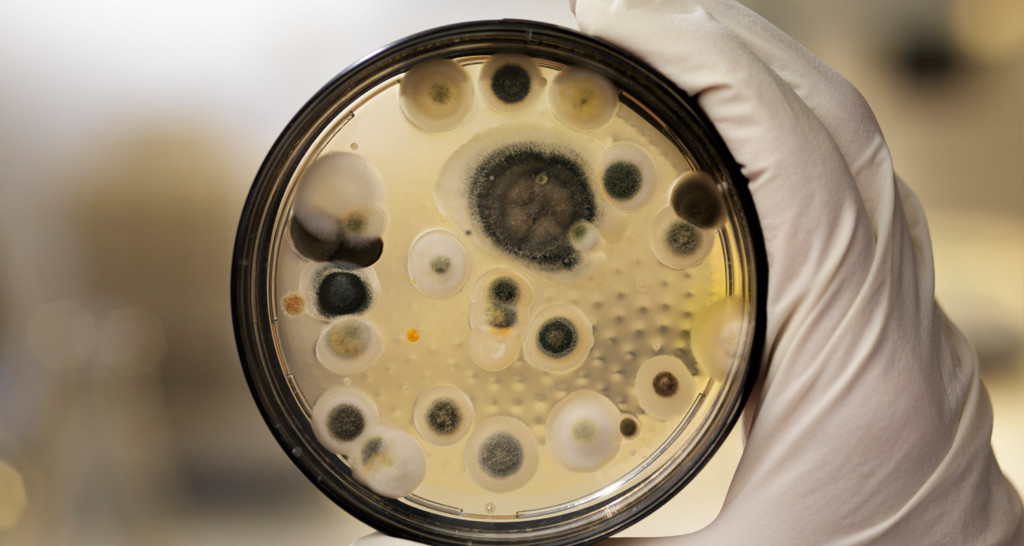
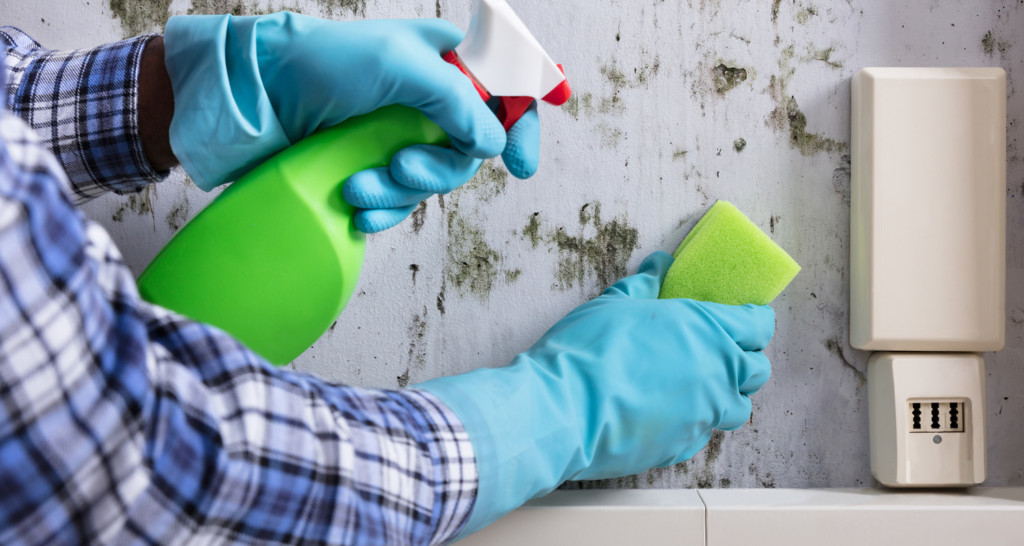
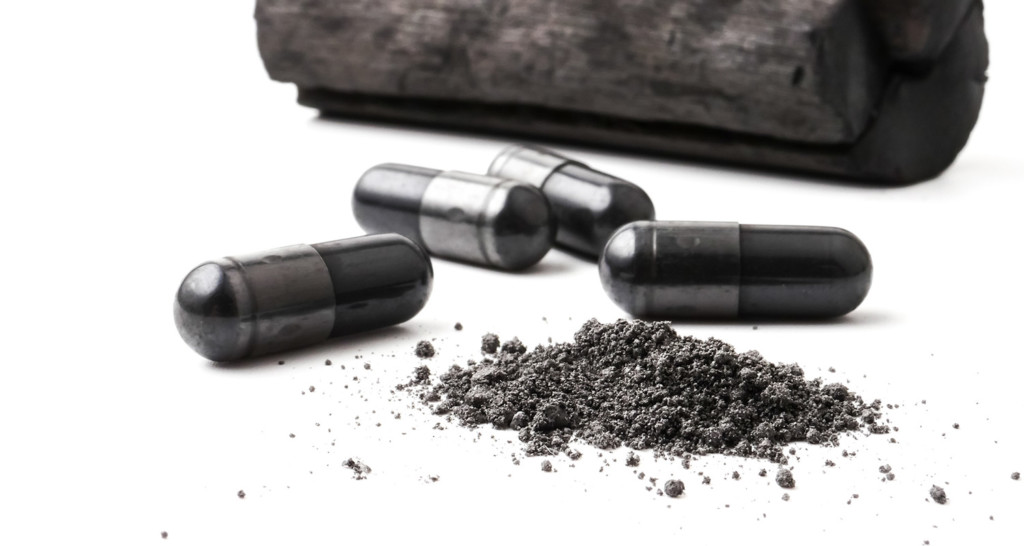



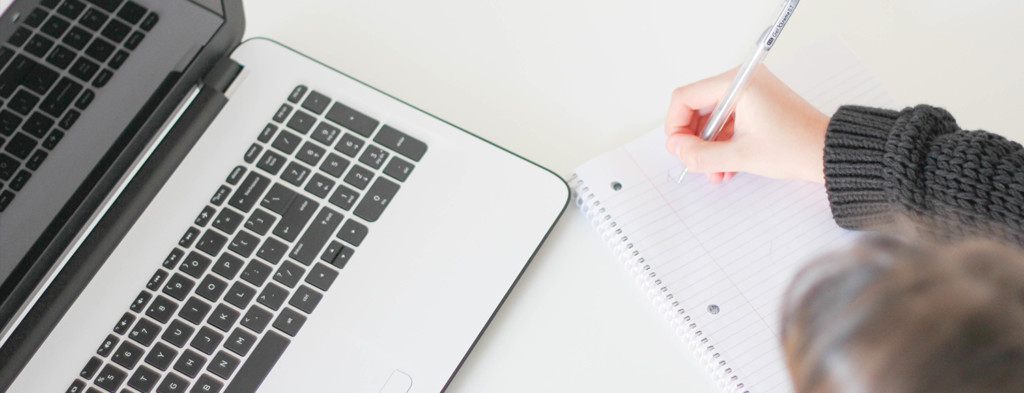
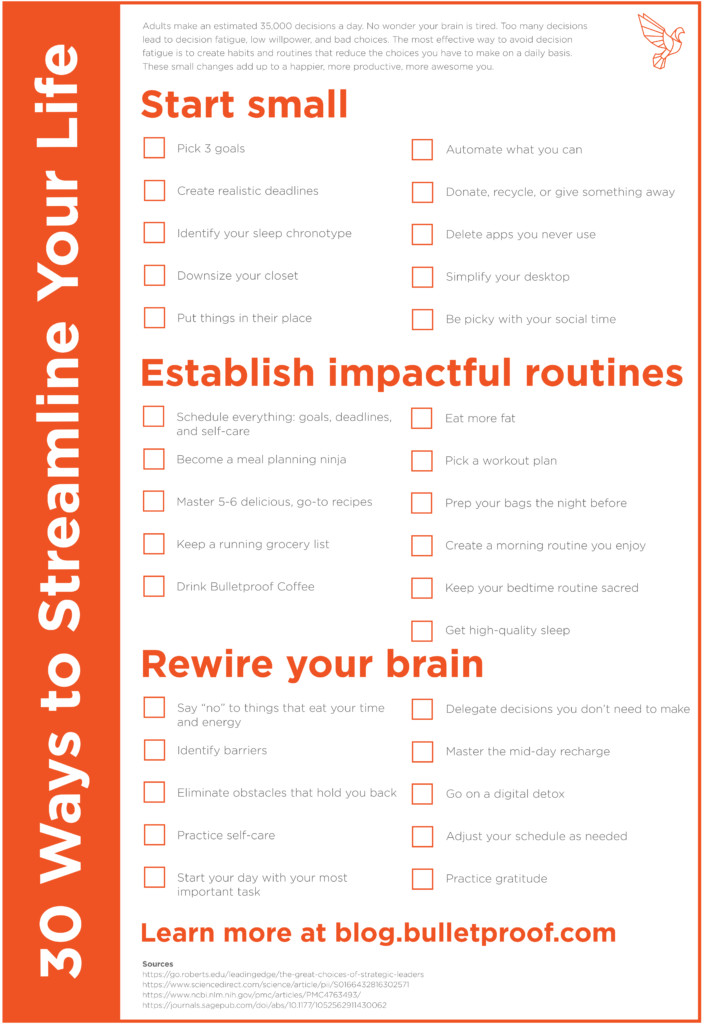
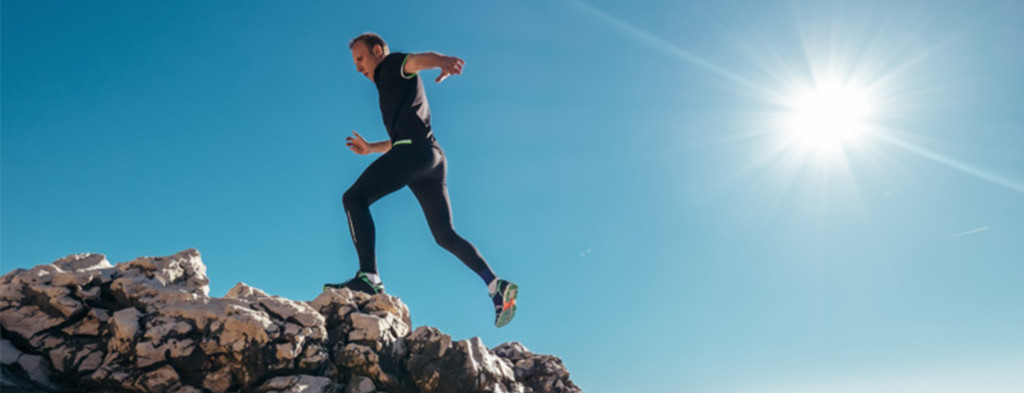
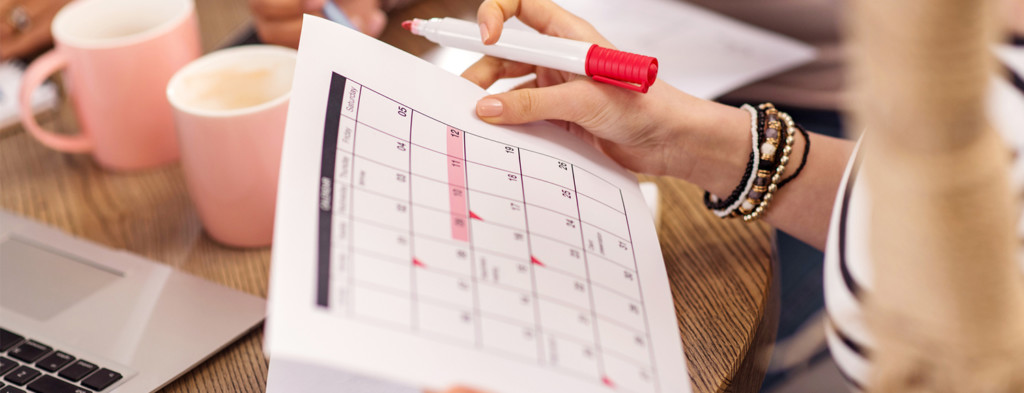
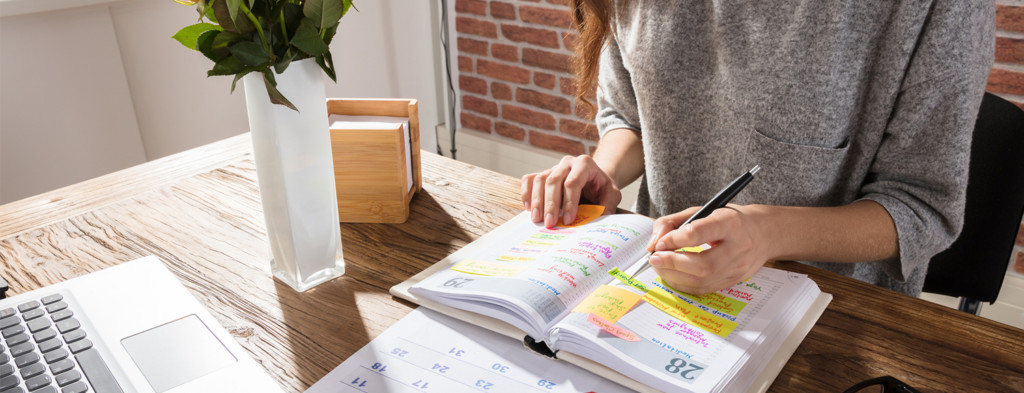

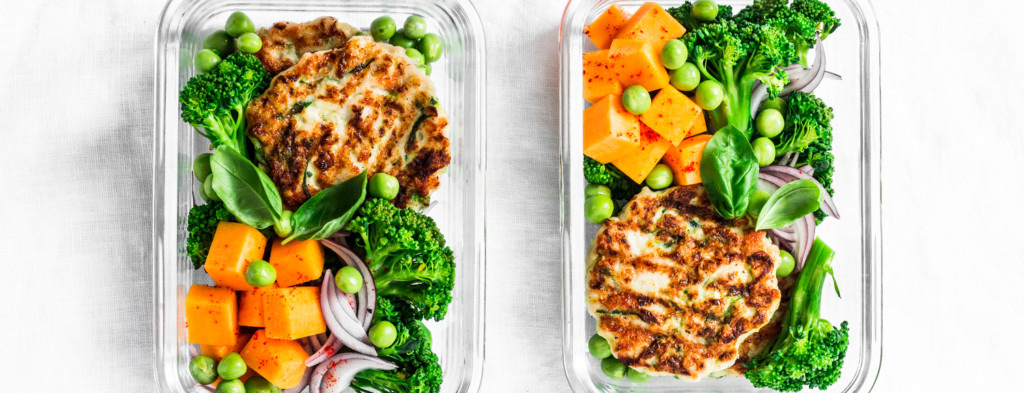
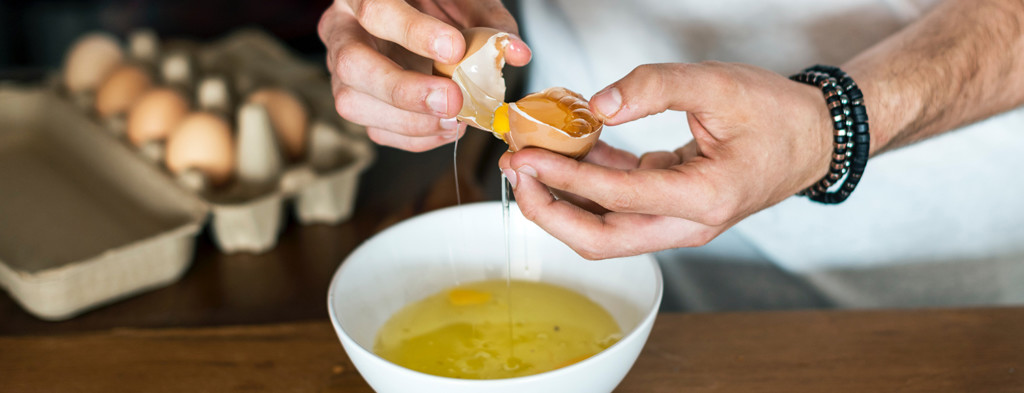


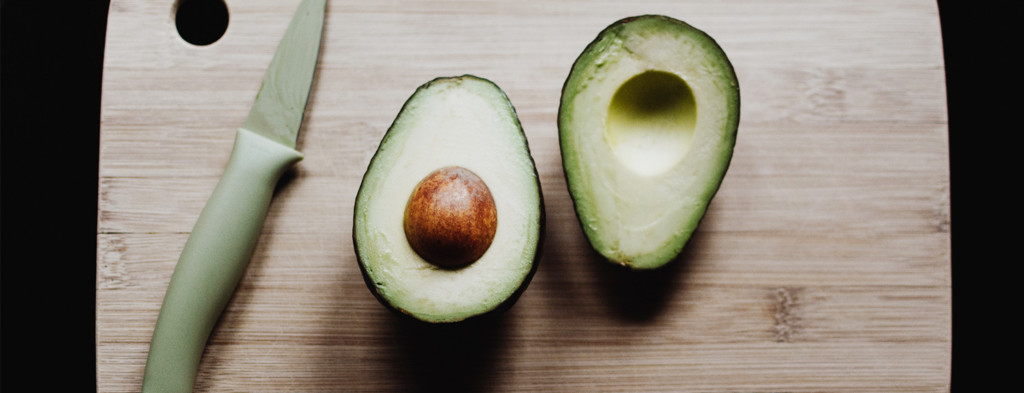

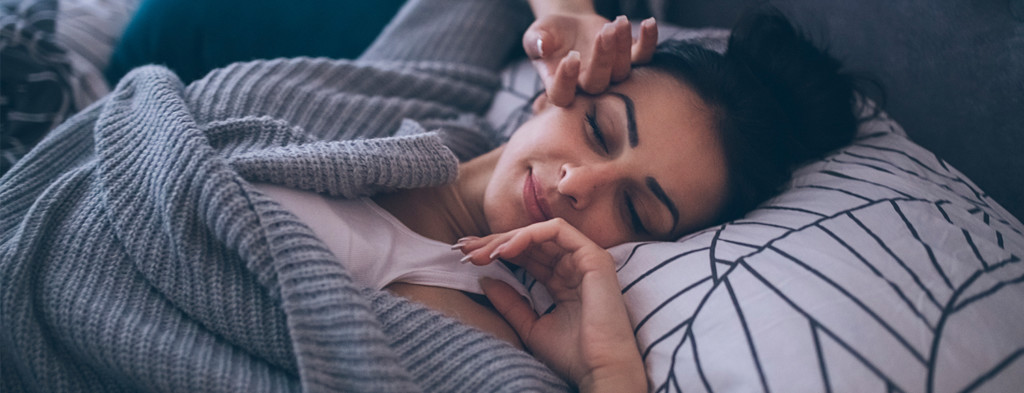
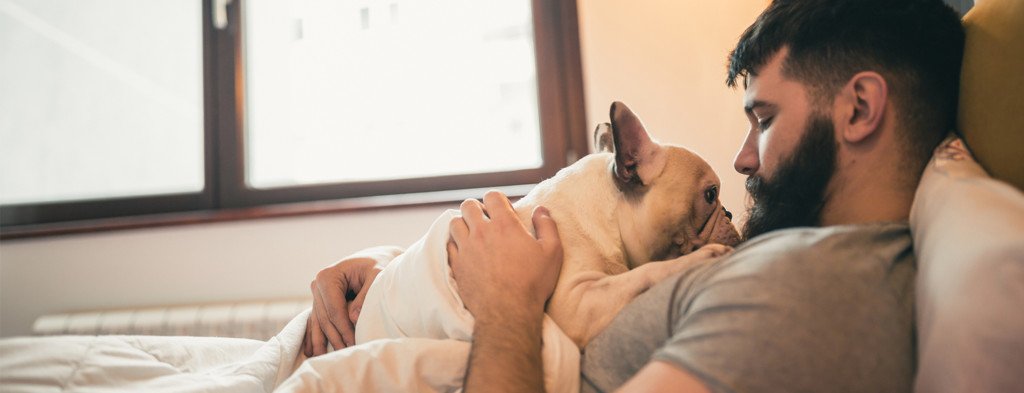
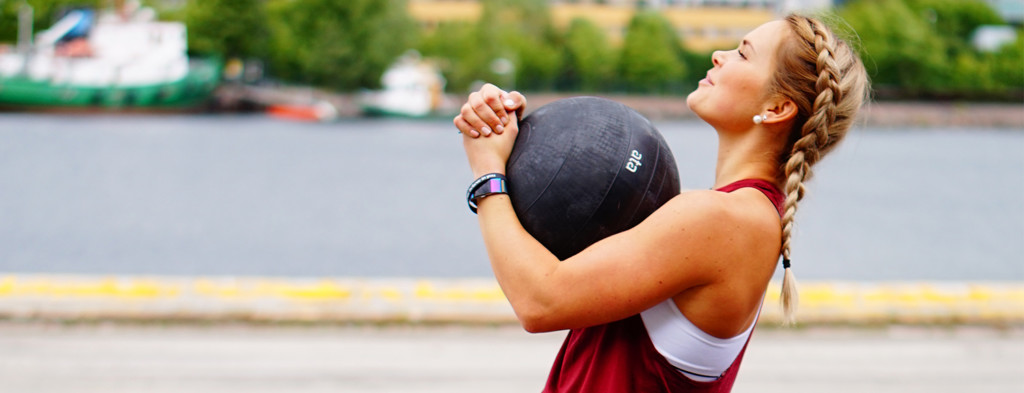

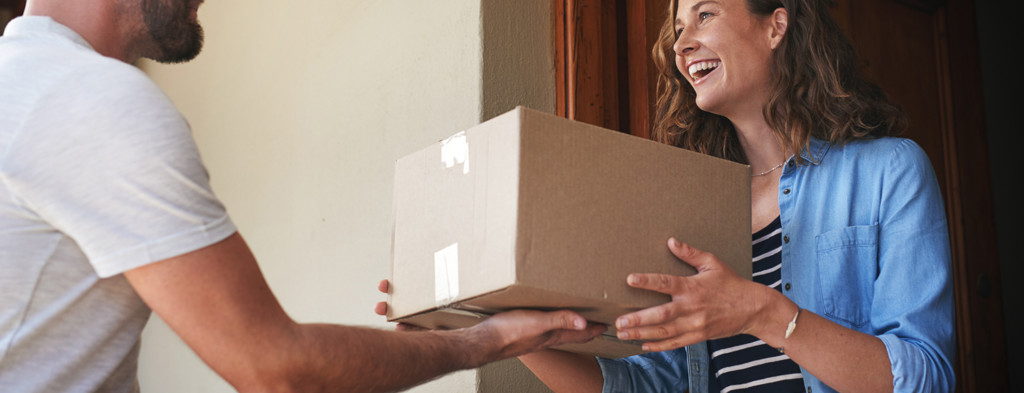

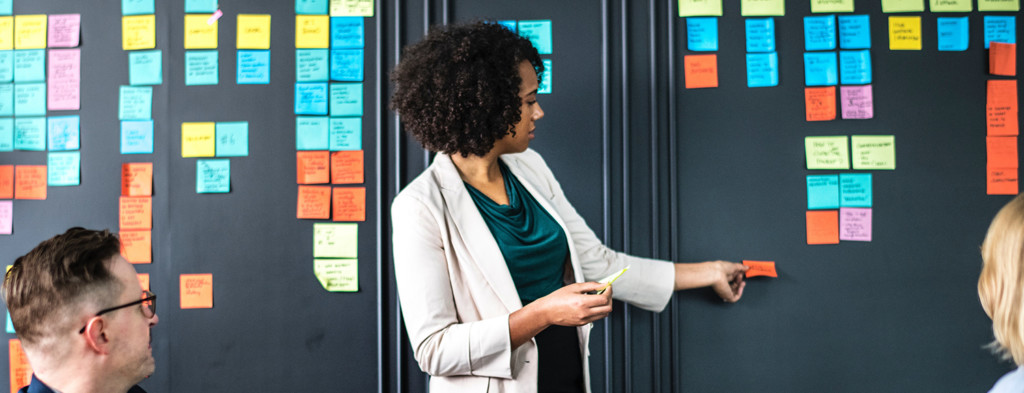


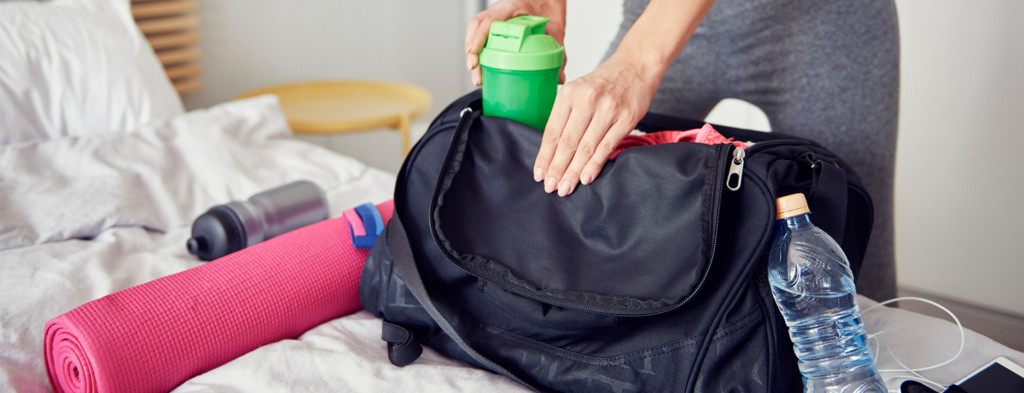



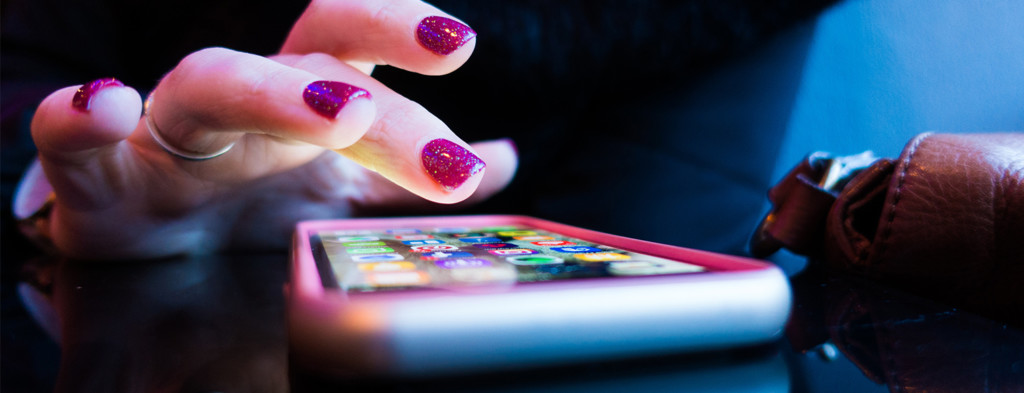
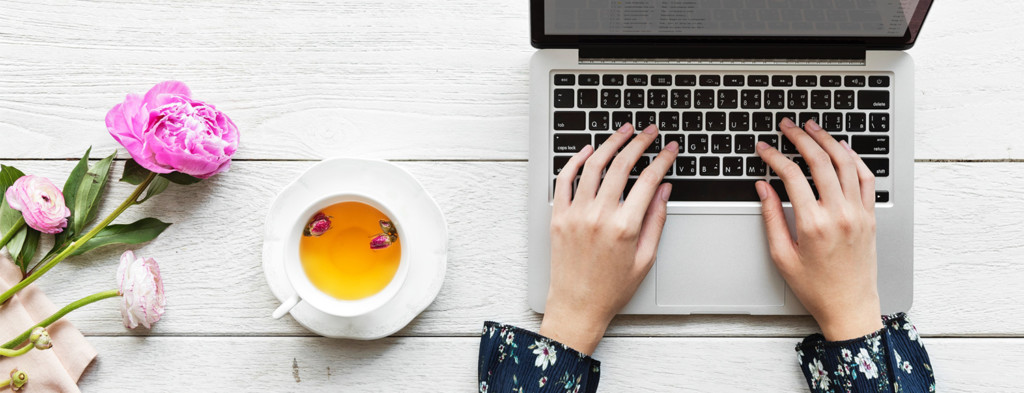
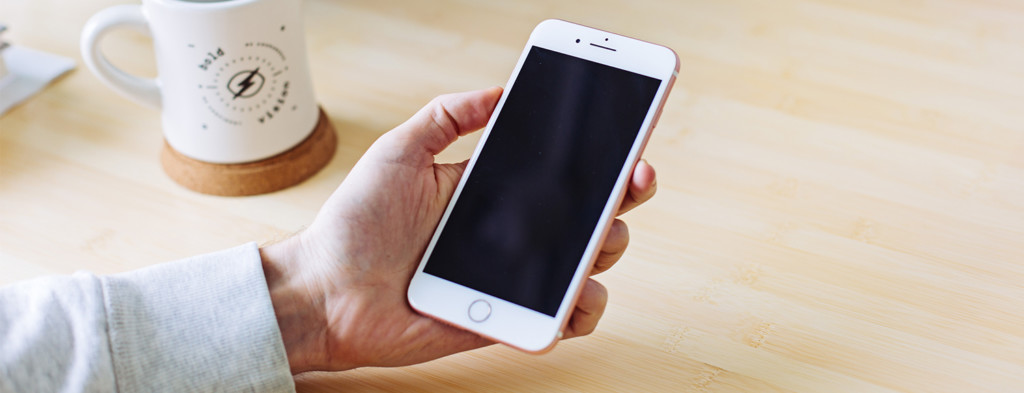
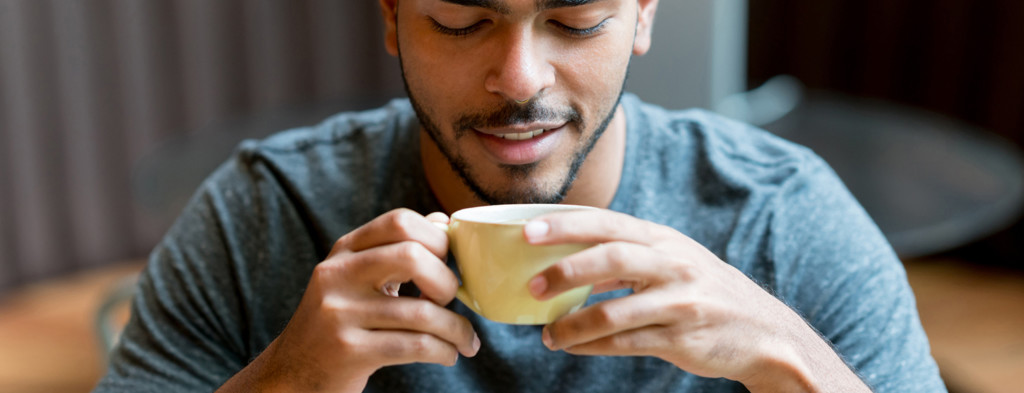
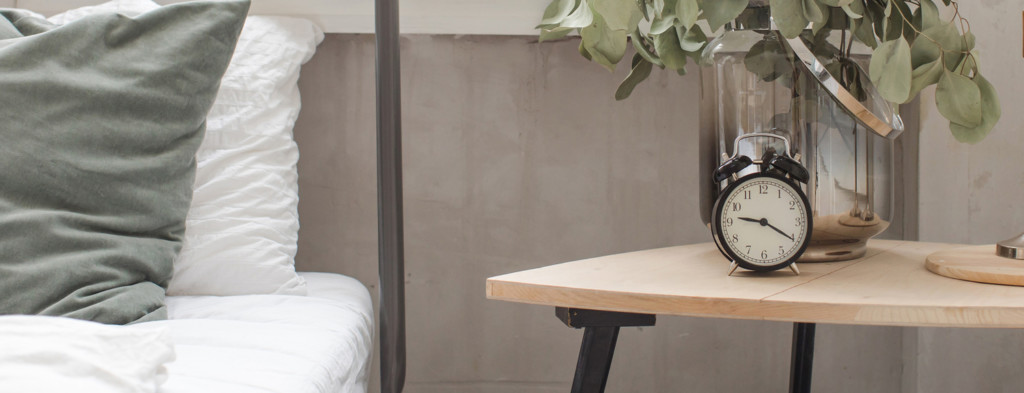
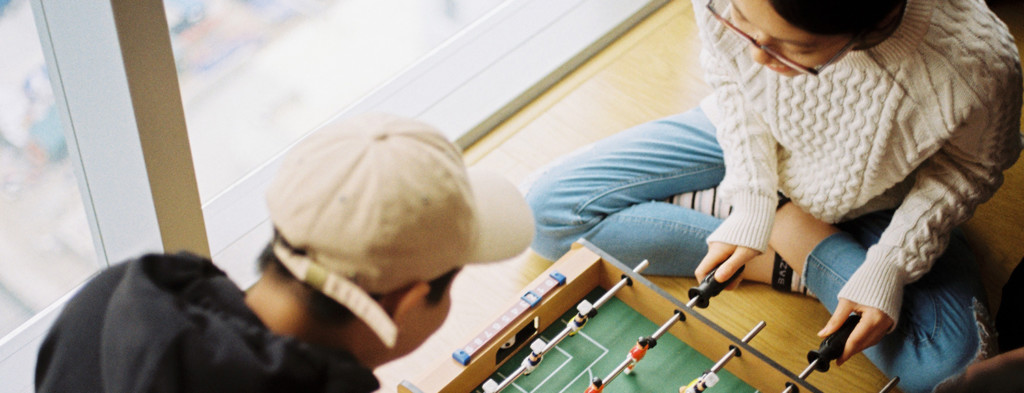
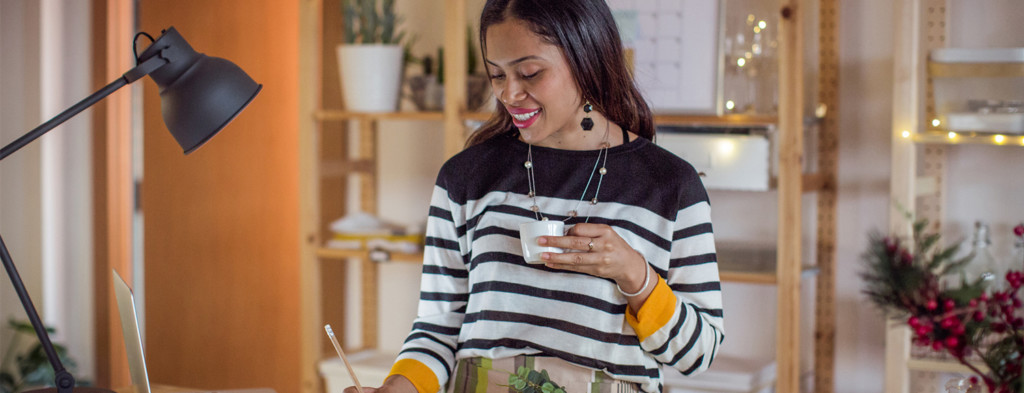

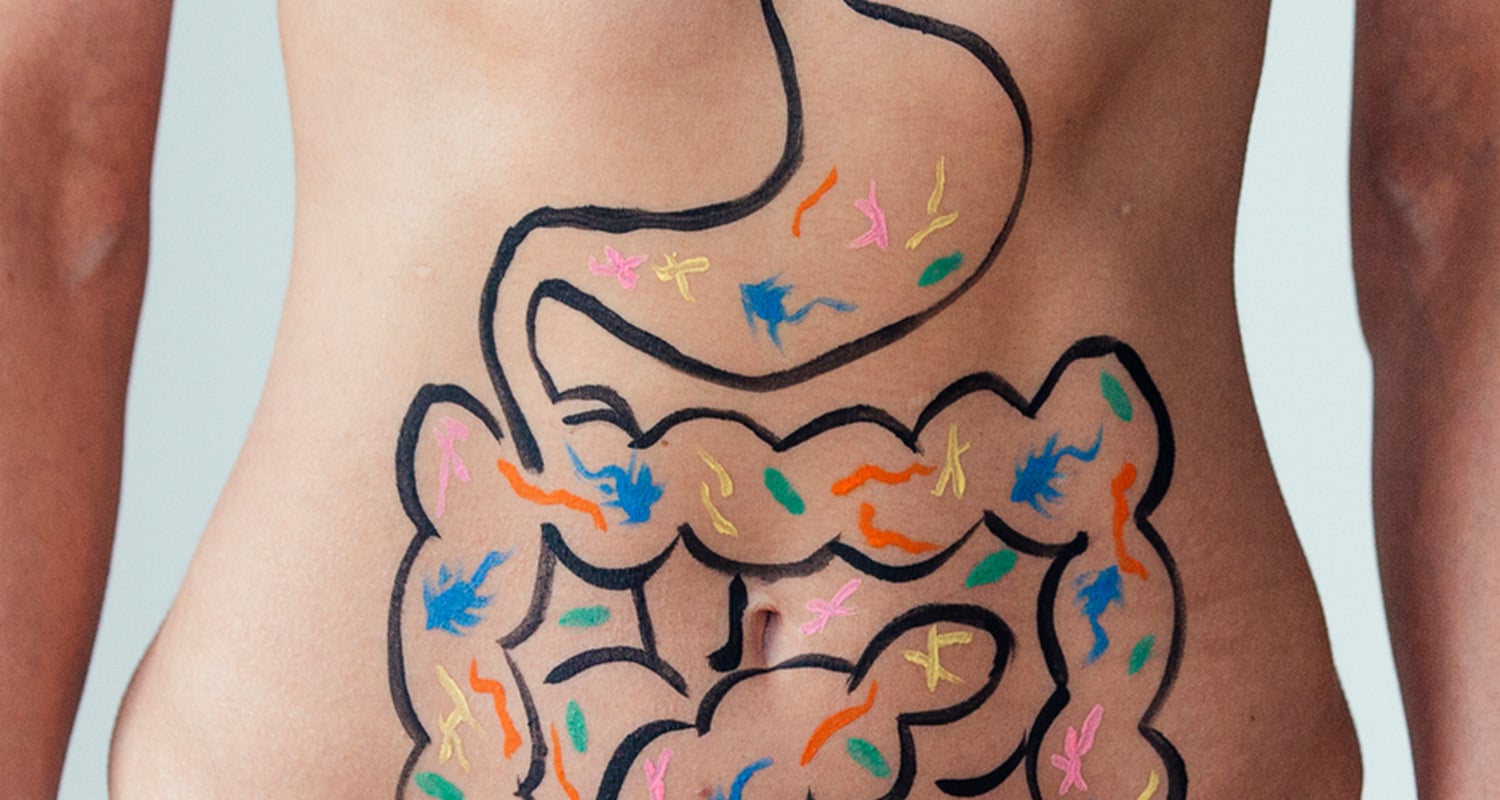
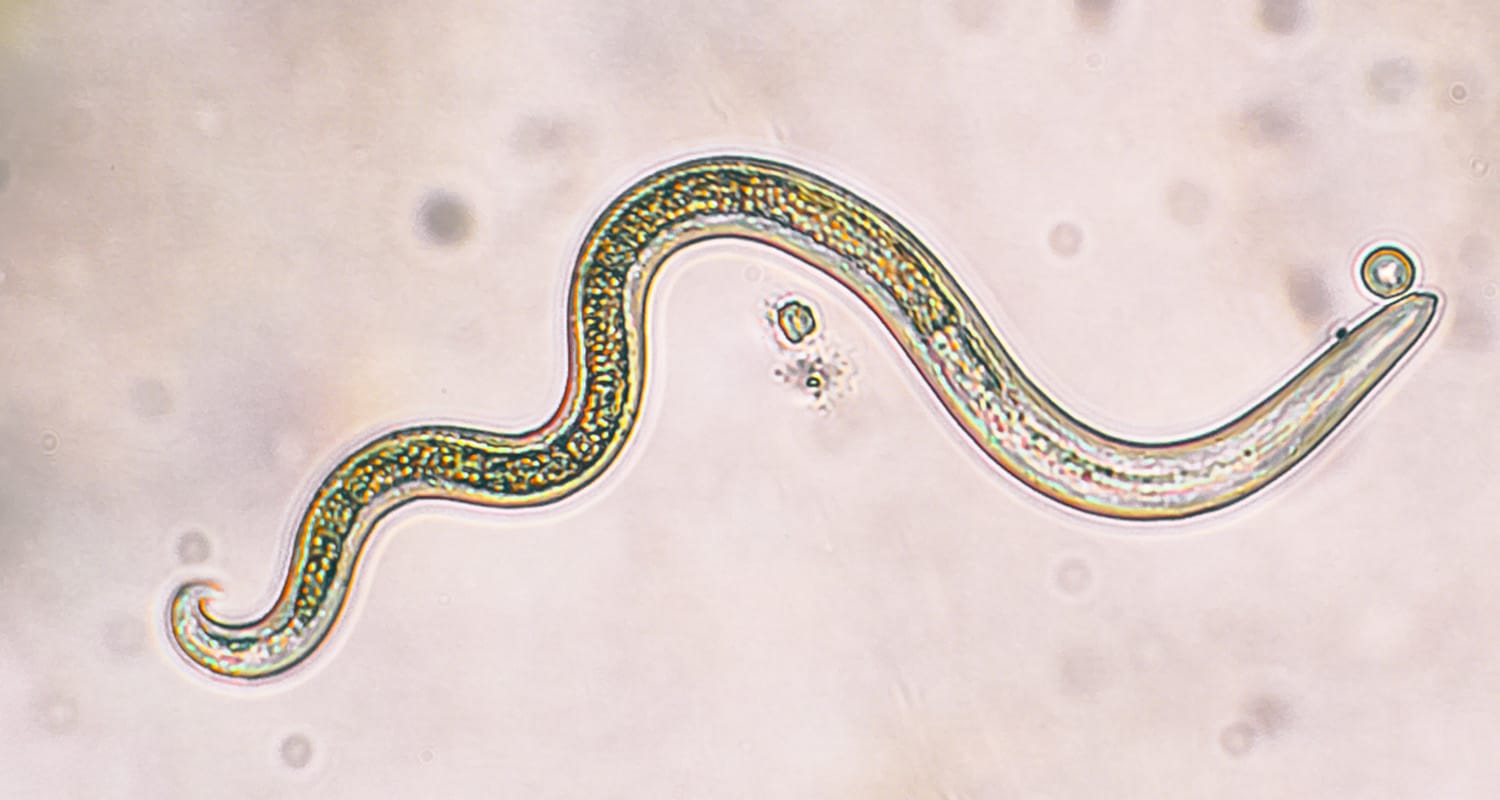
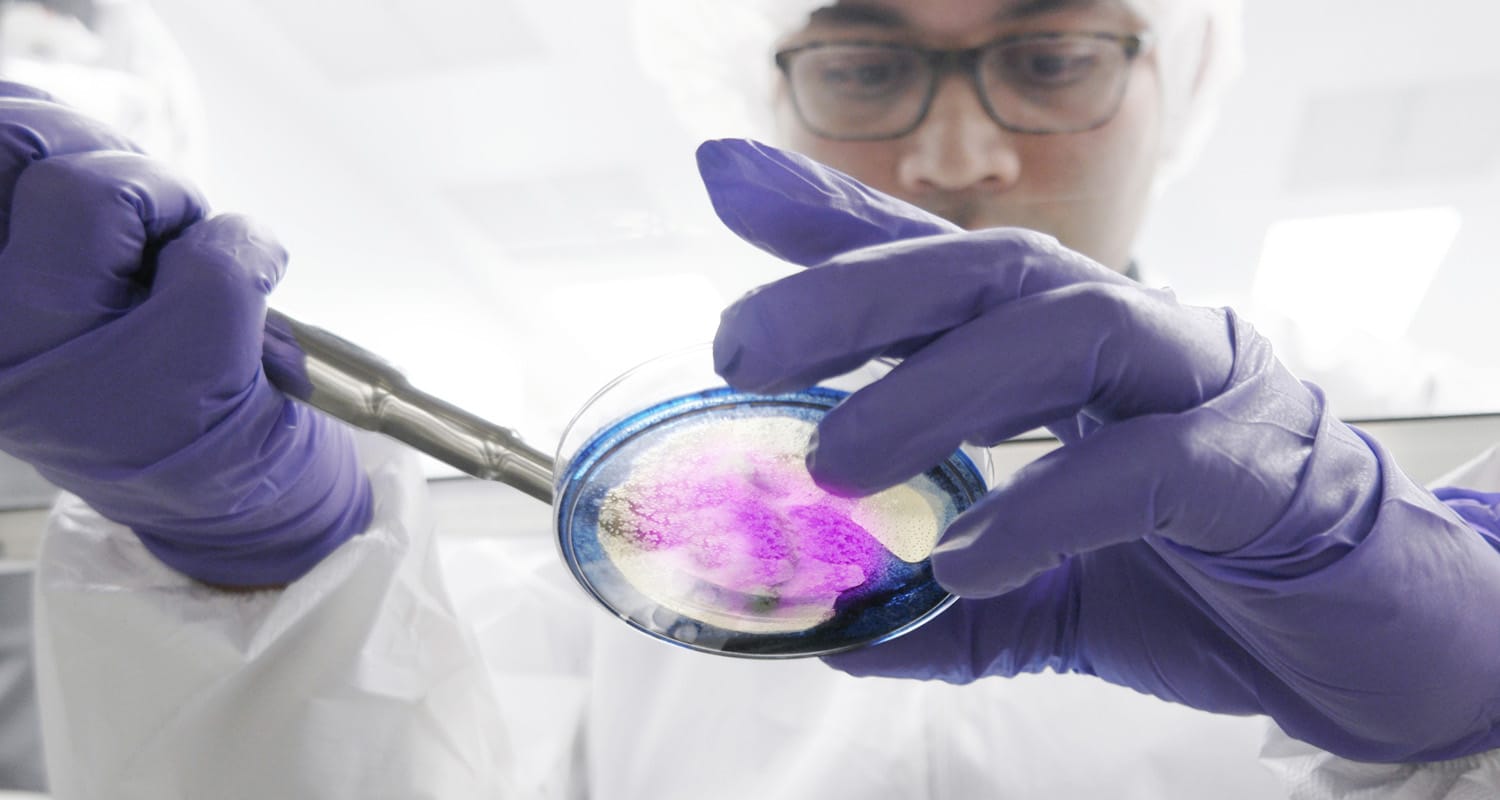
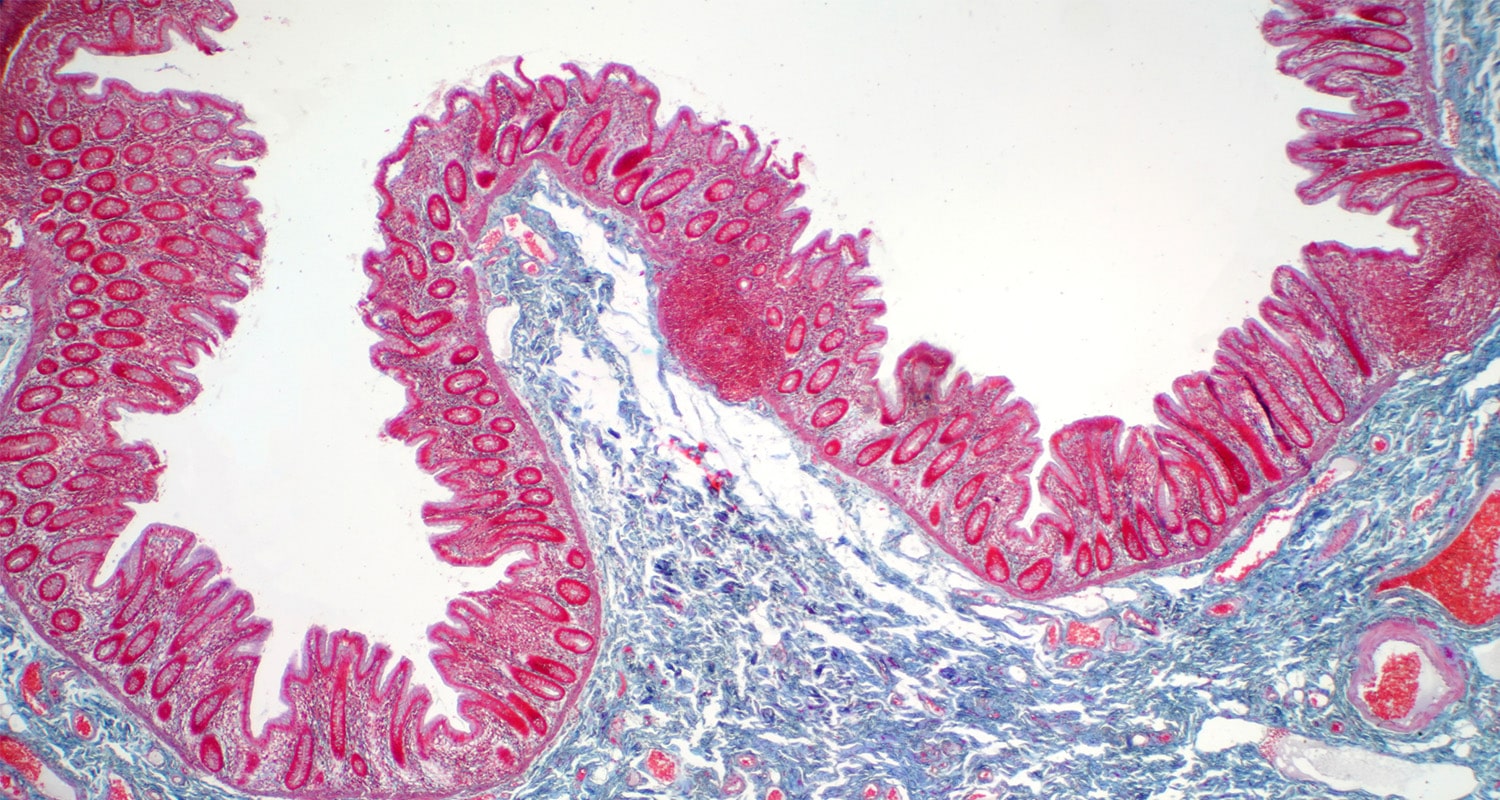



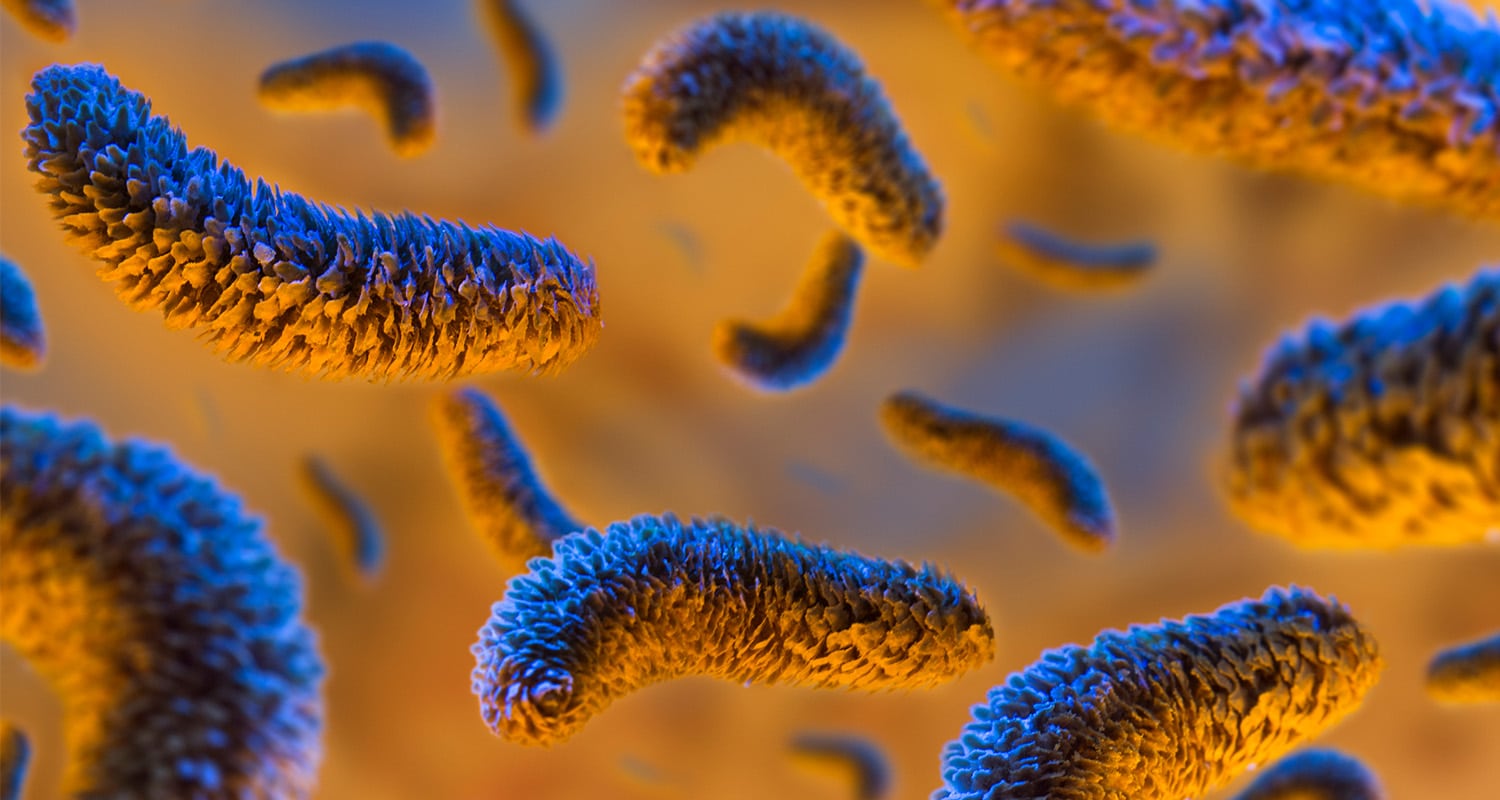 Back in 2004, Dr. Mary O’Brien, an oncologist at the Royal Marsden Hospital in London, injected lung cancer patients with a soil bacterium called Mycobacterium vaccae to see if it helped them live longer. It did not. However, patients did start getting happier. They reported a significant increase in overall quality of life, including more vitality and better brain function.[ref url=”https://www.ncbi.nlm.nih.gov/pubmed/15151947″]
Back in 2004, Dr. Mary O’Brien, an oncologist at the Royal Marsden Hospital in London, injected lung cancer patients with a soil bacterium called Mycobacterium vaccae to see if it helped them live longer. It did not. However, patients did start getting happier. They reported a significant increase in overall quality of life, including more vitality and better brain function.[ref url=”https://www.ncbi.nlm.nih.gov/pubmed/15151947″]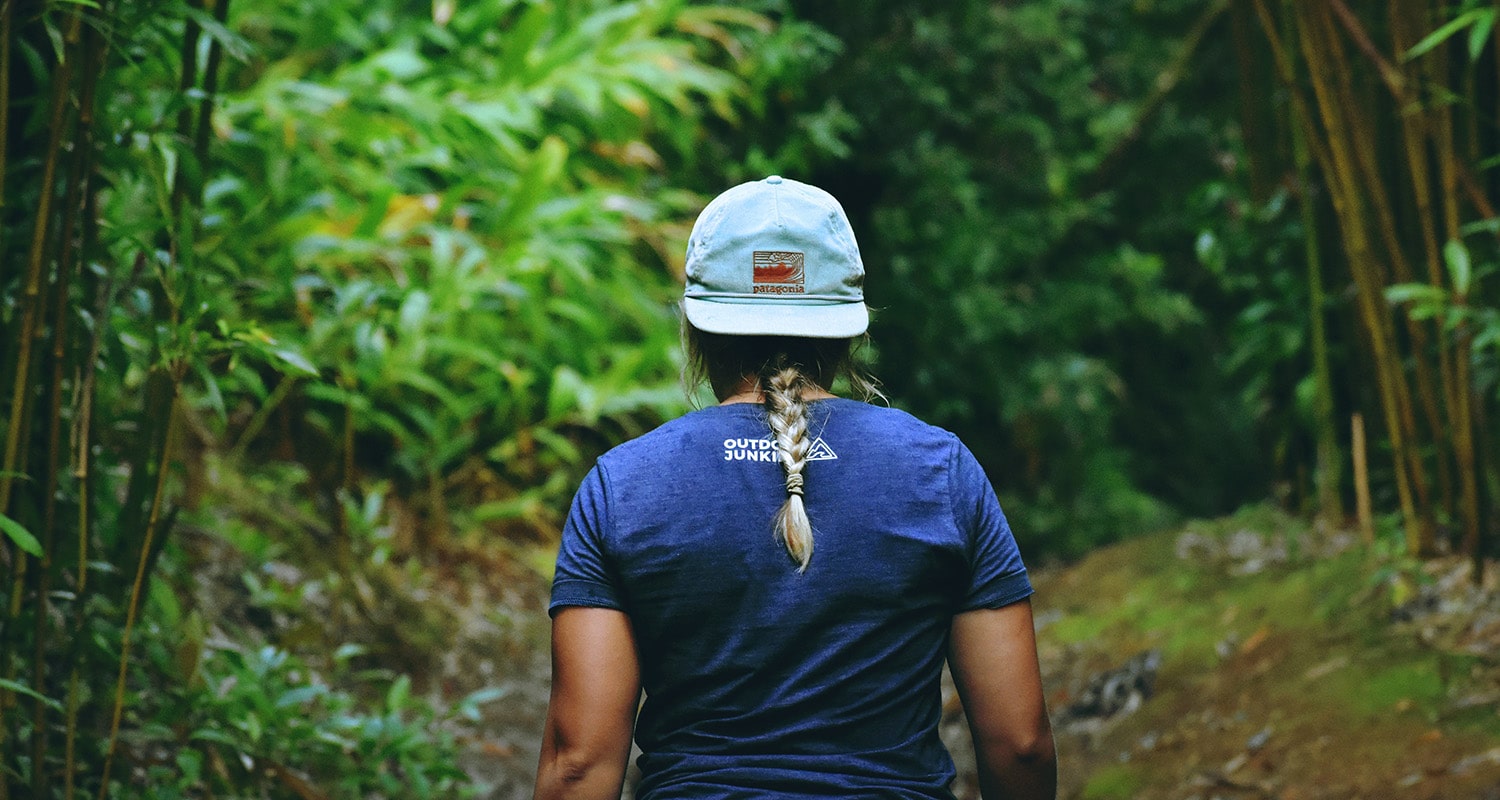 In the 1980s, more and more Japanese citizens began moving from quiet rural villages to cities. Doctors noticed an increase in respiratory and immune problems, depression, and anxiety, and began prescribing shinrin-yoku, which translates to “taking in the forest.” They would have patients go for regular walks in the woods to improve their health.
In the 1980s, more and more Japanese citizens began moving from quiet rural villages to cities. Doctors noticed an increase in respiratory and immune problems, depression, and anxiety, and began prescribing shinrin-yoku, which translates to “taking in the forest.” They would have patients go for regular walks in the woods to improve their health. Just looking at pictures of plants eases stress, and real plants are even better.[ref url=”https://www.ncbi.nlm.nih.gov/pmc/articles/PMC3699874/”] It seems like there’s some hardwiring deep in your brain that rewards you for being surrounded by greenery. Get a couple plants for your room. Sansevieria trifasciata, also called a snake plant, can thrive at pretty much any light level, with minimal watering. If you get lots of direct sunlight in your room, a fiddle leaf fig is a beautiful option. Fiddle leaf figs are a little more delicate than snake plants, but their large, elegant leaves make them worth the effort. Water your plants, touch their soil, and look at them when you want to relax. And if you don’t want to care for something living, get a picture of trees and hang it on your wall. Even images of plants decrease cortisol and boost mood.
Just looking at pictures of plants eases stress, and real plants are even better.[ref url=”https://www.ncbi.nlm.nih.gov/pmc/articles/PMC3699874/”] It seems like there’s some hardwiring deep in your brain that rewards you for being surrounded by greenery. Get a couple plants for your room. Sansevieria trifasciata, also called a snake plant, can thrive at pretty much any light level, with minimal watering. If you get lots of direct sunlight in your room, a fiddle leaf fig is a beautiful option. Fiddle leaf figs are a little more delicate than snake plants, but their large, elegant leaves make them worth the effort. Water your plants, touch their soil, and look at them when you want to relax. And if you don’t want to care for something living, get a picture of trees and hang it on your wall. Even images of plants decrease cortisol and boost mood.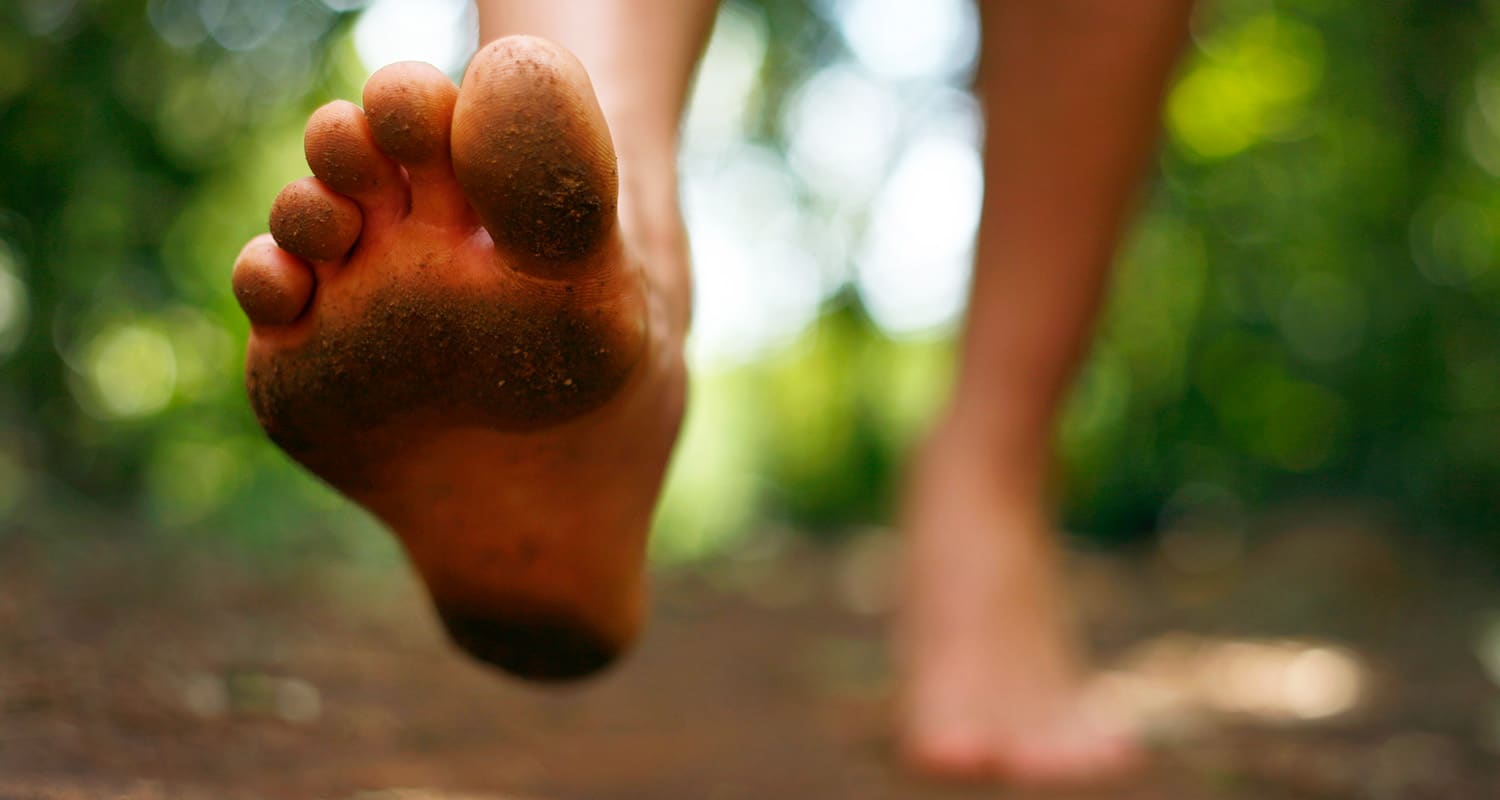 Stroll around on the dirt and grass with your shoes off. You’ll increase your gut biodiversity from the soil microbes on your skin, and you’ll enjoy all the mood-lifting benefits of being in nature. Bonus points if you climb a tree or roll around in mud for extra happiness-promoting M. vaccae exposure. (No wonder pigs are so happy.)
Stroll around on the dirt and grass with your shoes off. You’ll increase your gut biodiversity from the soil microbes on your skin, and you’ll enjoy all the mood-lifting benefits of being in nature. Bonus points if you climb a tree or roll around in mud for extra happiness-promoting M. vaccae exposure. (No wonder pigs are so happy.) Tomatoes, cucumbers, fresh herbs like basil and parsley — they’re all easy to grow as long as you have moderate sunlight. You can grow them in pots on your deck, and herbs are even good for a window garden. Gardening gives you the chance to work with soil on a regular basis. M. vaccae is one of the most common bacteria in soil; any natural soil that’s been enriched with organic matter will have it.
Tomatoes, cucumbers, fresh herbs like basil and parsley — they’re all easy to grow as long as you have moderate sunlight. You can grow them in pots on your deck, and herbs are even good for a window garden. Gardening gives you the chance to work with soil on a regular basis. M. vaccae is one of the most common bacteria in soil; any natural soil that’s been enriched with organic matter will have it.